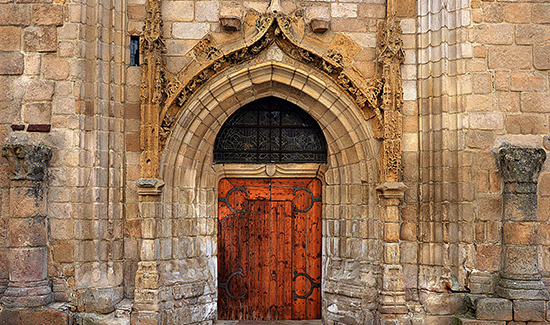Keeping the right kind of data is the first step to making strategic decisions to increase security, communications, and growth
You can position your church to grow by automating repetitive tasks and assigning volunteers to serve in more meaningful ways | by Joseph Varacalli
In years past, improved copier and printer technologies made it possible for churches to house devices that could mass print, fold and staple bulletins. Just that one use of technology greatly improved efficiency and effectiveness as it saved time and helped communicate information to the congregation. Today, the idea of manually creating bulletins on a typewriter or folding by hand is a distant memory for most churches. Manual gathering of attendance data will be viewed in the same way within the next decade—it is archaic and inefficient.
When ushers count congregants, there is no fool-proof way to get a solid count. Many times, attendance figures are based on faulty assumptions or wishful thinking by the staff or well-meaning volunteers. Counters get distracted. People entering the sanctuary are often missed or counted twice. No two counters or ushers count in the exact same way every service.
One solution some churches have is to take a photo during service and make a headcount from the picture. How can they be sure the photo was taken when the sanctuary was at peak occupancy? After this count is made, attendance numbers collected have to make their way to a spreadsheet or record book, adding another manual step to the process.
Today’s attendance data technology eliminates manual processes for counting and recording, freeing up volunteers and staff for ministry positions that are people-based instead of numbers-based. The technology provides consistently accurate records so pastors, staff, and the finance team can analyze trends and base decisions on solid data. This one technology provides more than numbers. It’s a revelation of insights for basing decisions. Five ways to use your church attendance metrics include:
-
Measuring growth
Attendance is a good gauge to know if your church size is declining, stagnant or growing. This gauge doesn’t measure church success, as no church’s mission is simply to have the largest congregation. But it will save time and money as you can see what outreaches and ministries are making an impact on the community around you.
-
Comparing Campuses
For churches with multiple campuses, having attendance data consistently collected the same way at each facility is key to having trustworthy data for analyzing. Inconsistent data is not useful for campus-to-campus comparisons.
-
Justifying Expansions or Renovations
Let the numbers do the talking, not your hunches. Compare year-over-year growth and its effect on your current facility. If attendance data shows you haven’t outgrown your space, you may just need a renovation to repurpose and update existing areas. If your congregation is growing, analyze the rate to predict future needs and plan an expansion accordingly. It’s also a great tool for securing financing.
-
Operating Efficiently
Predicting attendance on historical trends and seasonality will help reduce waste and improve efficiencies on many fronts, such as the quantity of programs to print, communion to prepare, volunteers needed or how much food and drink to prepare in the café or for a post-service meal.
-
Predicting Spikes and Lulls
Having statistics at your fingertips can help realize seasonal drops in attendance, such as the summer months, and strategize ways to combat the temporary decline. If your church is growing, calculations for how many people to expect at Easter service will be based on the previous year’s attendance multiplied by the growth rate. Then you can be better prepared for additional seating or volunteers as needed.
What is attendance collection technology? It is a system of people-counting sensors using cloud-based software. The sensors are mounted to ceilings inside each entrance to the sanctuary to count people entering and exiting. The software automatically calculates the maximum occupancy during the service. Attendance data is recorded for each service time and reported in the software platform.
Attendance data recorded technologically becomes more than just readily accessible. The software includes charts and visuals. The leadership team can easily conduct analysis and comparisons to make decisions based on solid facts. Is our community outreach working? How many bulletins can we print to eliminate waste? When will we need more parking? What wear and tear can we expect on the facilities? Do we really need to increase staff?
Simple attendance collection technology can provide the real data your leadership needs to make the decisions that get your church on a solid growth curve.






